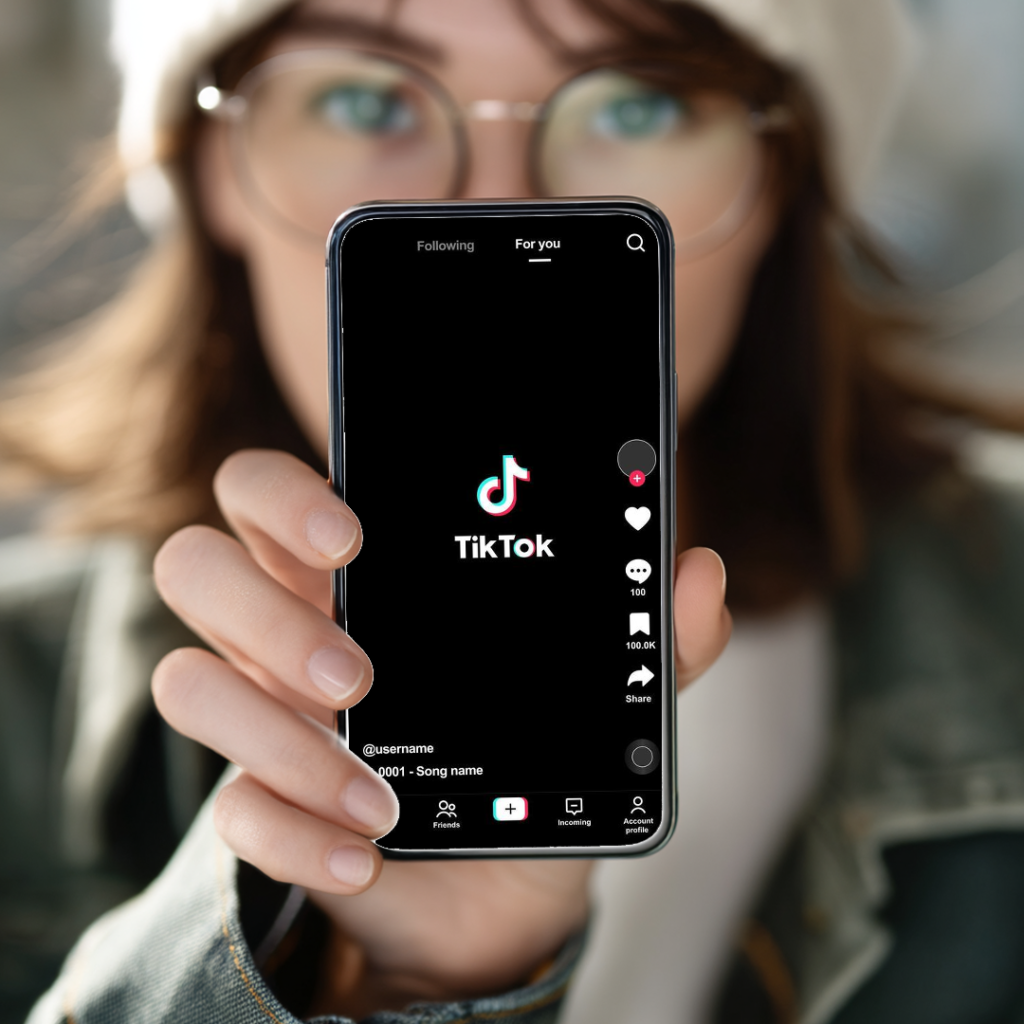Account-Based Marketing (ABM) has moved from buzzword to business strategy. But what is it really? And how can modern brands actually apply it in a way that goes beyond personalized subject lines and sales-and-marketing check-ins?
Let’s break it down.
What Is Account-Based Marketing?
Account-Based Marketing (ABM) is a highly focused marketing approach where teams align to treat specific, high-value accounts as individual markets.
Instead of casting a wide net to generate as many leads as possible, ABM flips the funnel:
- Identify the right accounts
- Understand their unique needs
- Create tailored campaigns and content for those accounts
- Engage decision-makers across multiple channels
It’s like creating a personalized campaign just for the companies that matter most.
“ABM is focused, data-driven marketing that aligns sales and marketing teams to accelerate growth across high-value targets.”
Why Does ABM Work So Well?
- It aligns marketing and sales around shared goals
- It focuses resources on high-impact accounts
- It shortens sales cycles by addressing real problems for real buyers
- It improves close rates and deal size by tailoring every touchpoint
“91% of companies using ABM report a larger deal size compared to non-ABM campaigns.”
— TOPO Research
Buyers in 2025 are overwhelmed. ABM cuts through the noise with relevance.
Real-World Examples of ABM in Action
Example 1: Personalized Microsites for Key Accounts
A SaaS platform targeting Fortune 100 companies creates dynamic microsites for 10 of its top prospects. Each microsite includes:
- A short welcome video from the sales lead
- Use cases relevant to the prospect’s industry
- Suggested integrations based on their existing tech stack
- ROI calculators tailored to their business model
Result: 3 of 10 accounts booked demos within two weeks. One closed a $1.4M annual contract.
Example 2: ABM for Expanding Existing Accounts
A cybersecurity firm identifies that a current customer is only using one of their three core services. Instead of a general email campaign, they:
- Build a custom onboarding video for the additional product
- Send a personalized guide to the internal champion
- Schedule a lunch-and-learn webinar with the client’s broader IT team
Result: 40% account expansion in ARR and increased retention.
Example 3: Multi-Channel ABM for Cold Enterprise Targets
A B2B company targeting healthcare providers launches a multi-touch ABM campaign:
- First touch: Direct mail with a humorous, industry-relevant message
- Second touch: LinkedIn InMail from the head of strategy
- Third touch: Personalized landing page sent via warm referral
Result: 5 new enterprise meetings booked in a vertical they had previously struggled to crack.
How to Apply ABM in 2025 (Step-by-Step)
1. Choose the Right Accounts
Use a combination of:
- Firmographics (industry, size, revenue)
- Technographics (what tools they use)
- Intent data (what they’re researching or clicking on)
Group accounts by tier:
- Tier 1: Highly personalized, 1:1 efforts
- Tier 2: Targeted industry or persona clusters
- Tier 3: Scalable personalization via tools like dynamic content or email personalization
2. Align Teams and Tools
ABM requires:
- Unified account lists
- Shared KPIs across sales and marketing
- Collaborative content calendars
- ABM-friendly tools (like 6sense, Demandbase, or HubSpot ABM features)
3. Develop Content for Real People, Not Personas
Think beyond demographic targeting. Focus on behavioral insights:
- What problems are they trying to solve?
- What internal obstacles are slowing them down?
- What language do they actually use?
Develop:
- Targeted landing pages
- Role-specific emails
- Personalized demo videos
4. Use Multi-Channel Sequences
In 2025, one email isn’t enough. Use:
- Retargeted ads
- LinkedIn InMail
- Custom gifts or direct mail
- Web personalization
- Executive outreach
Design these as cohesive journeys—not just isolated tactics.
5. Leverage Your CRM as the ABM Nerve Center
Your CRM isn’t just a database—it’s the control tower for your ABM engine.
- Track multichannel engagement in one place
- Map buyer roles and behaviors across the account
- Score intent and trigger next actions
- Align outreach sequences across sales and marketing
Your CRM should serve as the single source of truth that powers personalization at scale and keeps all teams aligned around the same account story.
6. Build Smarter Email Campaigns That Reflect Buyer Behavior
Email is still a critical ABM channel—when done right.
Go beyond name insertion:
- Trigger emails based on specific engagement (e.g., webinar attended, resource downloaded)
- Tailor messaging by buying stage and role
- Use sequences that align with the larger multi-touch campaign (don’t operate in isolation)
Every email should feel like part of a conversation—not a campaign blast.
7. Track Engagement and Adapt
Key ABM metrics include:
- Account engagement (who is interacting and where?)
- Pipeline velocity (how fast are deals moving?)
- Influence (did the campaign touch the right stakeholders?)
- Revenue impact
ABM is never set-it-and-forget-it. It’s responsive, relationship-driven marketing.
Final Thoughts
Account-Based Marketing isn’t a tool. It’s a mindset.
It says: “We’re not here to pitch everyone. We’re here to build value for the right people.”
In a world where personalization, behavioral targeting, and trust matter more than ever, ABM isn’t just relevant. It’s essential.





